Let’s Fish: Salmon in Washington and Oregon
The latest in our Let’s Hunt & Fish series—a complete guide to species, techniques, timing, and where to go for salmon in Washington and Oregon.
There’s nothing quite like salmon season in the Pacific Northwest. It’s tradition, adrenaline, and connection all wrapped up in one cast. Whether you’re trolling tidewater, casting from a quiet beach, or hiking into a canyon stretch, salmon fishing here is a choose-your-own-adventure experience shaped by timing, water, gear, and instinct.
This guide covers the full picture: the five Pacific salmon species, where and when they run, proven tactics by region, regulations you need to know, and tips to improve your odds no matter your experience level.
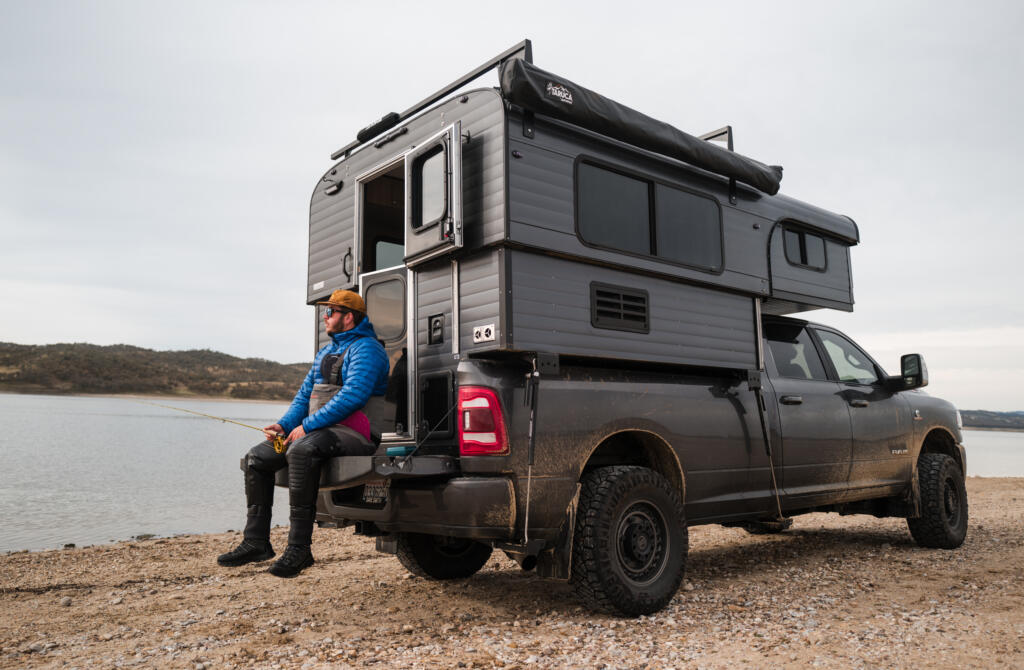
Salmon Breakdown & Seasons
For thousands of years, wild Pacific salmon have fed communities across the Northwest—first Indigenous peoples who built their lives around salmon migrations, then the wave of commercial canneries and hatcheries that arrived by the late 1800s. Today, these fish remain central to the region’s identity, economy, and outdoor traditions.
Here’s how the five wild Pacific salmon species show up across Oregon and Washington—and how to catch them.
Chinook (King) | May – September
Big, strong, and tough to land. Most weigh 10–30 lbs, with 40+ pounders not uncommon. Spring Chinook (or “springers”) arrive early and can be finicky. Summer and fall fish are typically more aggressive. You’ll find Chinook in bays, tidewater, and offshore depending on the month. Best bets include trolling flashers with herring, backtrolling plugs, or running deep on a downrigger in systems like the Columbia, Cowlitz, and Rogue.
Coho (Silver) | July – October
Coho hit hard and jump often. They’re also one of the most accessible salmon species from both shore and boat. Look for them in Puget Sound, coastal rivers, and offshore zones. Twitching jigs, casting spinners, or swinging streamers all work. When the run’s thick, success is more about finding the fish than finessing the gear.
Sockeye | June – August
Smaller than kings or coho but excellent on the grill. Sockeye run best in rivers tied to lake systems—like Baker Lake, Lake Wenatchee, and the upper Columbia. They’re picky, so keep your presentation clean: bare red or pink hooks behind a dodger, small beads, and subtle depth adjustments are key.
Pink (Humpy) | July – September (odd years only)
Only show up in odd-numbered years (like 2025), but arrive in massive schools. Perfect for beginners or light-tackle fishing. Target them in Puget Sound and nearby rivers like the Skykomish. Cast spoons, small jigs, or flies in pink or chartreuse. Fish them fresh—pinks go soft quickly in freshwater.
Chum (Dog) | October – December
Often overlooked but wildly fun when fresh from the salt. Strong fighters on the fly or jig. Chum stage in tidewater zones like the Nisqually and creeks off Hood Canal. They’re not great for the table, but pink or purple flies will get you plenty of pull.
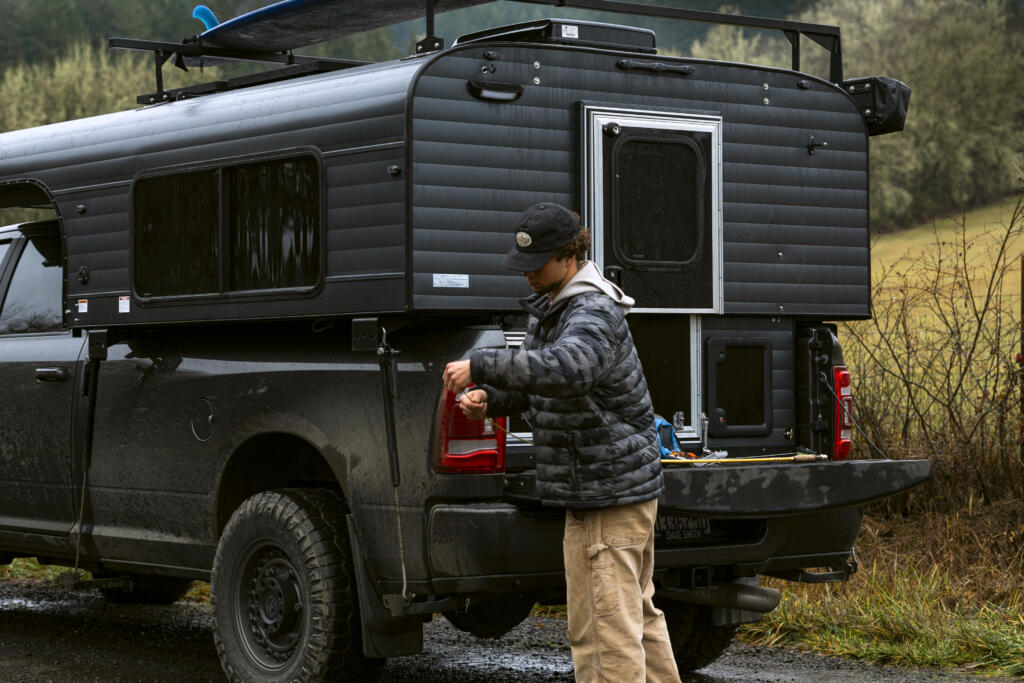
Where to Fish in Washington
Washington is packed with salmon water—salt, fresh, big rivers, little creeks, and tidewater zones that fish like nowhere else. Whether you’ve got a fully rigged boat or just a backpack and spinning rod, there’s a fishery for you. Here’s how to make the most of the season, spot by spot.
Puget Sound & Coastal Rivers
Marine Area 10 (Seattle to Bainbridge)
From June through early fall, this area offers great coho and pink salmon fishing. Troll with downriggers and flashers rigged with hootchies or small spoons. Fish tend to run mid-column early and go shallow later in the tide, so adjust your depth accordingly.
Skykomish River
Open June 10 to July 10 for hatchery Chinook. Short window, but solid action. Backtroll spinners or drift egg sacks through the deeper runs to connect with early-season kings. Target first light for your best shot.
Nisqually River
A consistent pink salmon fishery during July and August, especially near the mouth. Bank anglers can do well casting spoons or jigs early in the day as fish push in on the tides. Keep it light, and be mobile—this is a fast-paced bite when it’s on.
Marine Area 13 (Fox Island & Tacoma Narrows)
Ideal for light tackle trolling or fly fishing from a kayak. Resident coho are around all summer and respond well to mini hootchies behind a flasher, or even chartreuse and pink clousers on an intermediate fly line.
Gear Tips
- Trolling: 8.5′ rod (20–30 lb), level-wind reel, flasher + hootchie or herring, downrigger or diver
- Shore casting: 9′ spinning rod, 15–20 lb mono, 3/8 oz spoons or spinners in green/pink/chartreuse
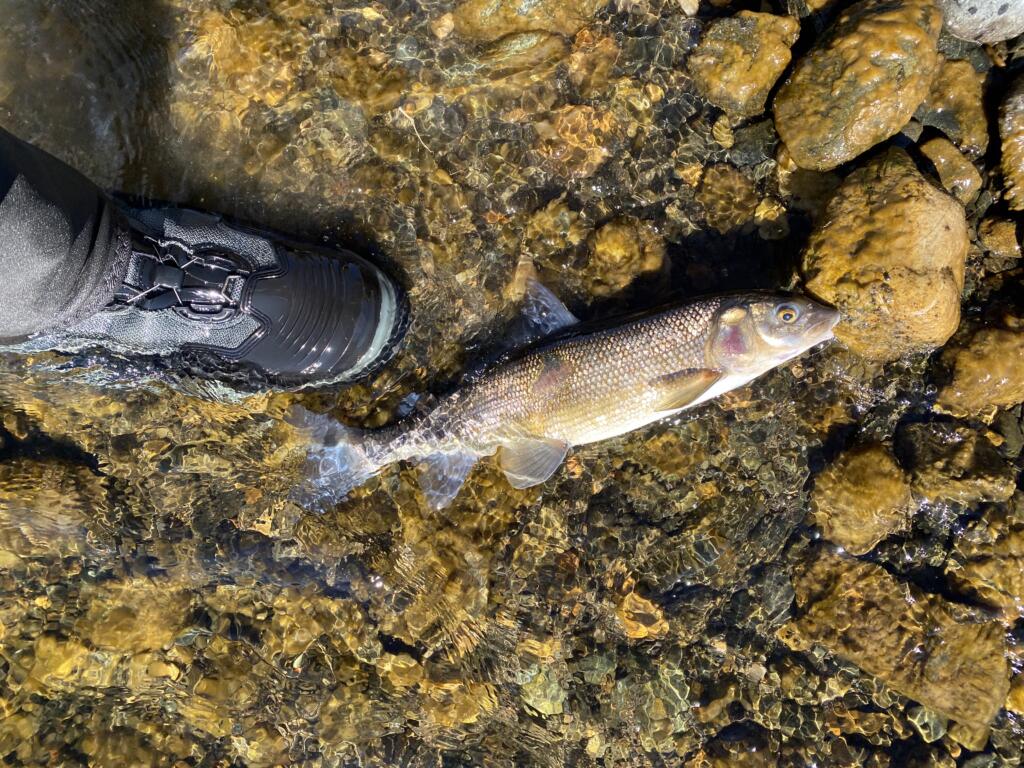
Columbia River & Tributaries
Buoy 10 (Columbia River Mouth)
The season kicks off here in early August with fast-paced action for Chinook and coho. Troll plug-cut herring behind flashers or use spin-glo rigs with 6–8 oz weights to stay deep. Work the tides and expect crowds—this is one of the busiest (and most productive) salmon spots in the PNW. Coho can get picky at slack tide. Run bait close to the bottom early, then switch to twitching jigs mid-tide when they rise in the water column.
Cowlitz & Kalama Rivers
Once fish move inland, the Cowlitz and Kalama heat up for fall Chinook and coho. Drift cured eggs through deeper pools, or backtroll plugs in slower seams when the water’s running high. These rivers fish best after the first big push of rain in September.
White Salmon River
This one’s hit or miss—it doesn’t always open for retention—but when it does, it’s a hidden gem for sockeye and the occasional Chinook. Check WDFW updates for in-season rule changes before you go.
Hanford Reach
Further upriver, Hanford Reach offers a late-season king fishery that can run into October. Troll close to the bottom with wobblers or eggs to intercept fish holding in deeper runs. This section tends to fish best after most other fall fisheries are slowing down.
Gear Tips
- Boat: 8.5–9′ rod, level-wind reel, flashers w/ herring or spin-glo rigs, 6–10 oz weight/downrigger
- Bank: 9–10′ rod, 15–25 lb line, drift gear with egg cure or floats
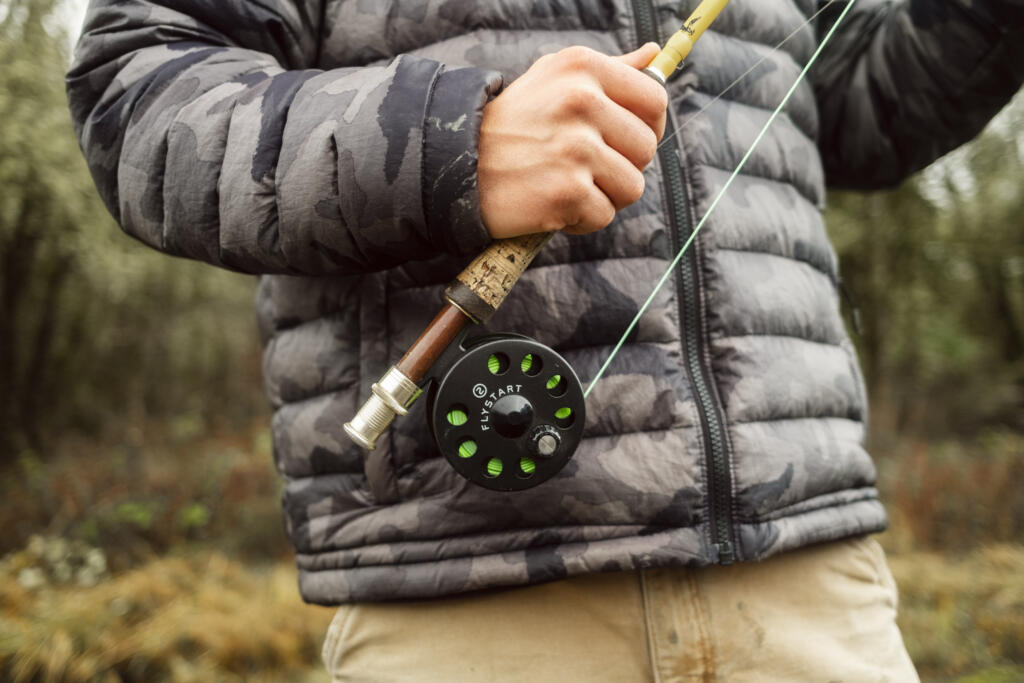
Olympic Peninsula Rivers & Bays
Queets River
A top choice for fly anglers targeting coho and chum, especially in October. Fish swing-style with intruder flies and a sink-tip line. Wide gravel bars and deep green runs make this river ideal for covering water, and you’ll often spot fish rolling within casting distance. This is classic, quiet Peninsula fishing—bring layers and expect some rain.
Hoh & Sol Duc Rivers
Both rivers fish best from late September through November. High water is your friend here—fall Chinook and coho push upriver fast during fresh flows. Drift fishing with eggs is a go-to, but twitching jigs or casting big spoons also gets bit. Fish the seams and soft edges where fish rest before moving upstream.
La Push (Marine Area 3)
The ocean access here offers great saltwater coho and Chinook fishing in July and August—when weather allows. Troll flashers with hootchies or herring off downriggers or long-line divers just offshore. The bite is best early and often short-lived when swells roll in, so hit it hard in the morning and have a backup plan inland.
Gear Tips
- Fly: 8–10 wt rods, sink-tip lines, intruder flies (pink, purple, chartreuse)
- Conventional: Med-heavy rods, 12–20 lb mono or braid, twitching jigs, big spoons, or drift eggs
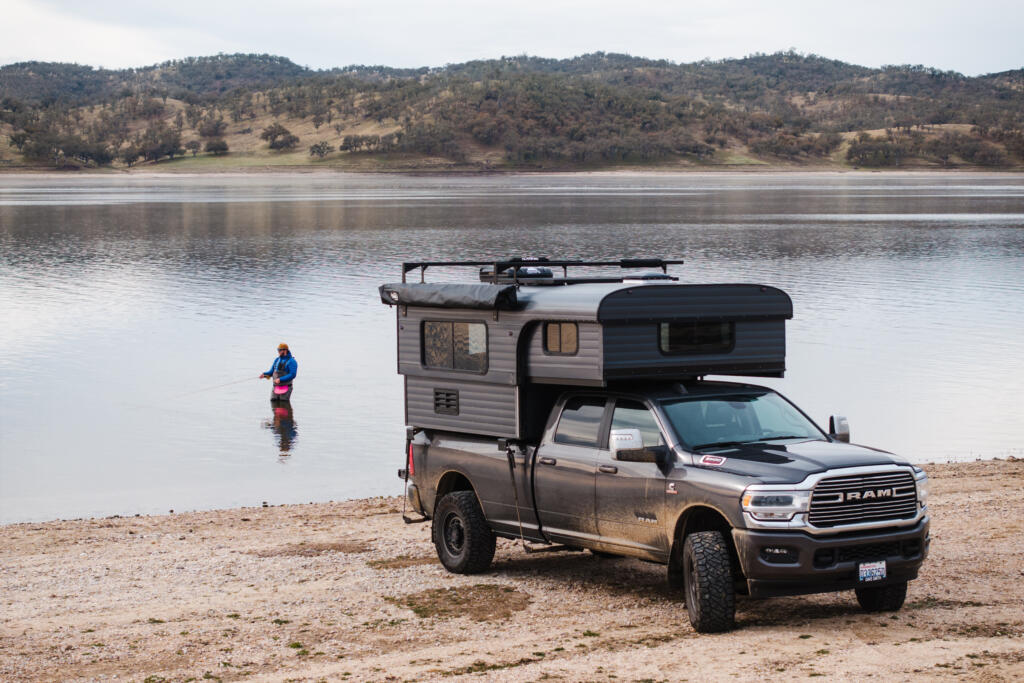
Where to Fish in Oregon
Oregon doesn’t always get the same hype as Washington when it comes to salmon, but for fall fishing, it’s hard to beat. From high-desert rivers to coastal bays, these fisheries offer quality runs, reliable access, and fish that are often less pressured. Here’s a closer look by location. For coastal-specific spots, check out our Oregon Coast Guide.
Deschutes River
This high-desert river is legendary for steelhead, but fall brings strong coho returns and occasional Chinook. Swing sink-tip flies with intruders, leeches, or baitfish patterns through tailouts and ledges. Conventional anglers can cast spinners (Blue Fox, Mepps, or Rooster Tails) into current seams and let them swing through deeper slots. Mornings are best for depth; afternoons for shallows—especially on overcast days.
- Best Access: Maupin to Sherars Falls. Drift boats are common, but walk-in access is good along the lower river.
Rogue River
One of Oregon’s most iconic salmon rivers. In August and early September, troll plug-cut herring behind flashers in the tidewater stretch near Gold Beach. As fish move upriver, switch to backbouncing cured eggs or running them under a float in deeper holes.
- Stretch to Fish: Agness to Gold Beach is prime for tidewater trolling; from Agness upriver, backbounce or drift from the bank.
- Tip: Fish low and early near the ocean mouth on a dropping tide, then follow the run upriver later in the day.
Tillamook Bay
This estuary is a top producer and a local favorite for fall salmon. Troll with herring or anchovies behind flashers and a 12–16 oz dropper weight. Coho tend to stay higher in the column and will hit smaller presentations, while Chinook hug the bottom and prefer full-size baits.
- Best Zones: On outgoing tides, stay near the jetties and ocean entrance; for incoming tides, focus farther up toward the Trask and Wilson confluence.
- Launch Points: Garibaldi Marina, Memaloose Boat Launch, and upper bay spots near Bay City.
Columbia Basin (Sockeye Opportunities)
While often overshadowed by Chinook and coho, sockeye runs in the Columbia can be excellent—and Oregon anglers can fish shared waters on the mainstem. Use bare red hooks or pink beads behind a dodger. It’s finesse fishing—get your depth dialed and stay consistent.
- Top Water: Bonneville Dam to McNary Dam stretch
- Access: Bank access can be tricky, so a boat or kayak improves your odds. Watch daily updates—sockeye seasons are quota-based and can close with little notice.
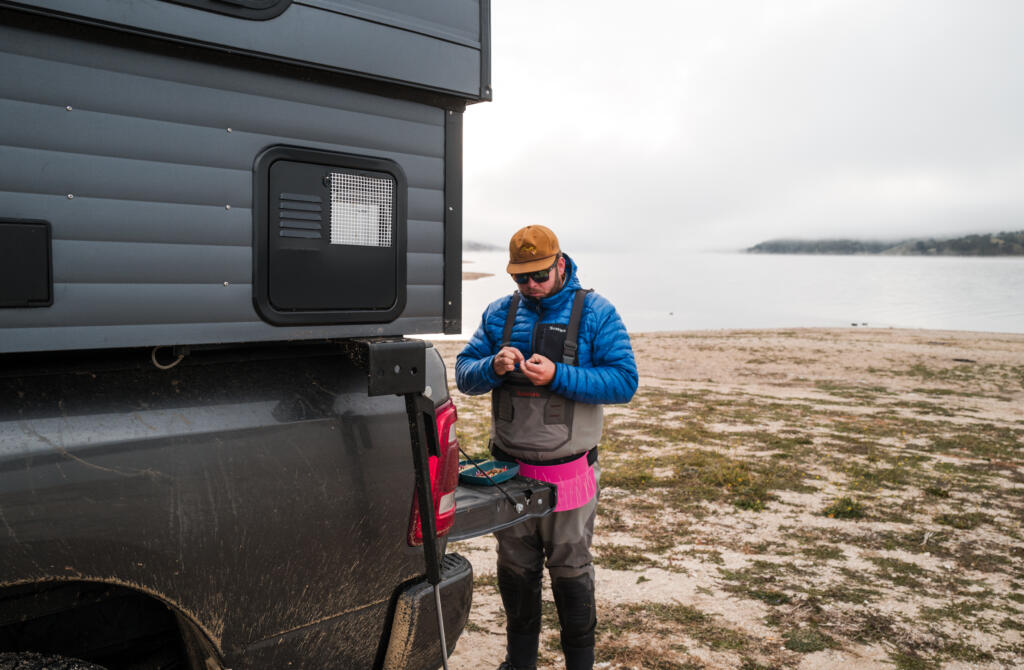
Hatchery vs. Wild: Know What You’re Catching
In most Washington and Oregon salmon fisheries, you’re only allowed to keep hatchery fish—and that means knowing the difference matters.
- Hatchery fish have a missing adipose fin (clipped behind the dorsal). These are the ones you can usually harvest.
- Wild fish have that small, fleshy adipose fin still intact. They’re often protected and must be released immediately.
If you’re not sure, don’t guess. Use your state’s species ID guides (WDFW and ODFW both provide excellent online resources and mobile apps). And always carry your catch card—record your harvest immediately after landing a fish. That’s not just good practice—it’s the law.
Licenses, Tags & Regulations
Before you hit the water, make sure your paperwork is dialed. Both Oregon and Washington have specific requirements—and missing a detail could cost you.
Washington:
- Anglers age 15 and up must carry a valid fishing license, which includes a catch record card.
- Some fisheries also require a Columbia River endorsement, so double-check your zone before heading out.
Oregon:
- You’ll need a fishing license plus a salmon/steelhead tag.
- In many areas, a Columbia River Basin endorsement is also required—especially if you’re fishing the mainstem or tributaries.
Catch cards are due by April 30 each year, and failing to return them can result in fines or impact your ability to get future licenses.
Always check for emergency rule updates and location-specific regulations—salmon seasons can change midstream due to quotas, returns, or environmental factors. The best way to stay current is to check the WDFW or ODFW websites and sign up for regional alerts—especially if you’re targeting quota-managed runs like sockeye or hatchery coho.
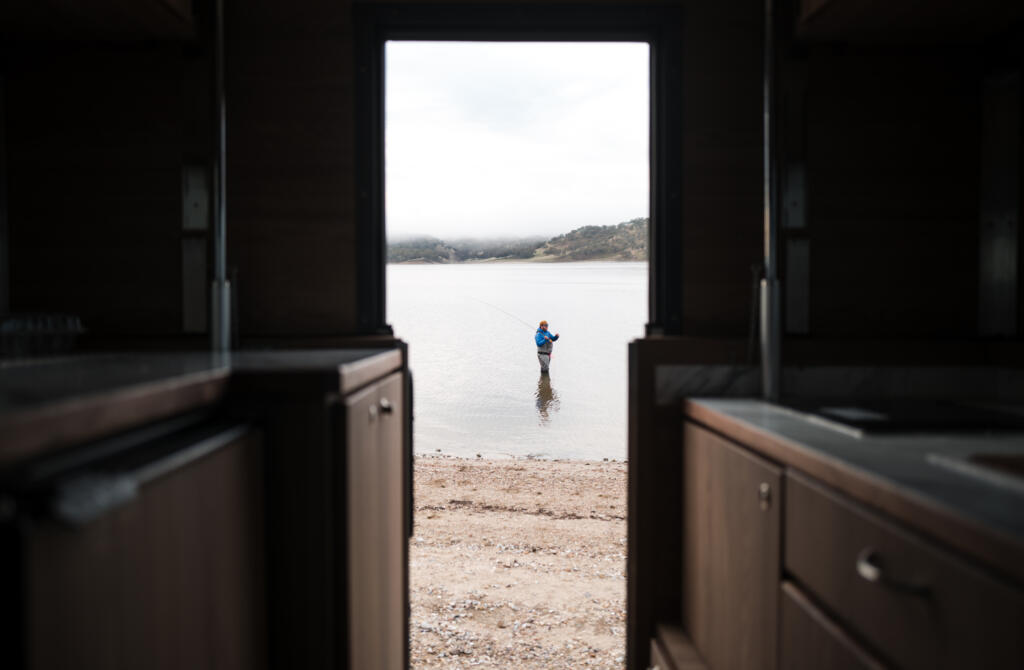
Last-second tips
Some days it’s lights-out. Other days, you grind for a single bite. These tips can tilt the odds in your favor:
- Fish the tide. Salmon feed and move during tidal swings. Incoming or outgoing tide is usually better than slack water.
- Get there early or stay late. Low light conditions often trigger more aggressive strikes—especially in pressured areas.
- Don’t stay married to one hole. If a spot goes quiet, move. Salmon travel in pods and rarely sit still for long.
- Use hatchery schedules and fish counts. Know when fish are moving through your system. Many rivers publish real-time counts.
- Come prepared. Pack extra leaders, jigs, scent, and terminal gear like swivels and sinkers—bite windows can be short, and you don’t want to be fumbling with knots while fish are on the move.
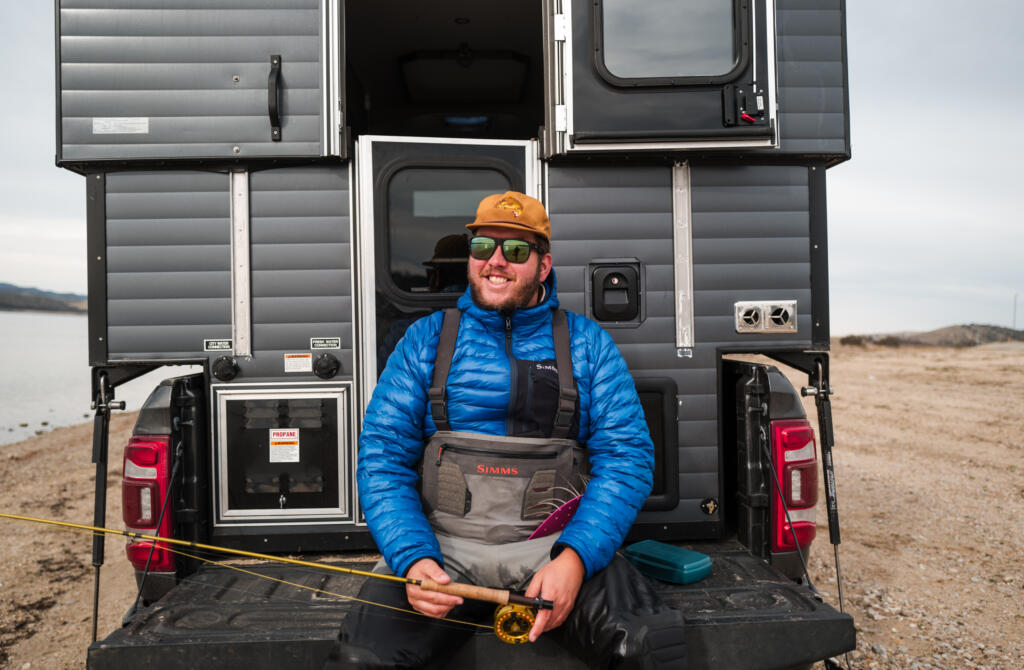
See you on the water…
Salmon season in the Pacific Northwest means choices—five species, endless water, and no shortage of ways to chase them. Whether you’re dialed in or just getting started, there’s always another run worth the drive.
Want more seasonal guides? Check out other recent entries in the Let’s Hunt & Fish series:
Let’s Hunt: Spring Turkeys in the PNW
